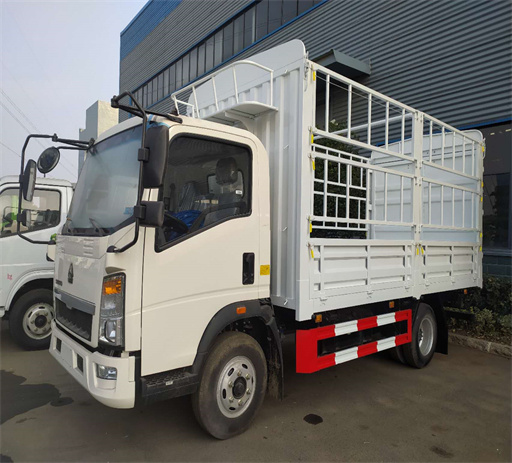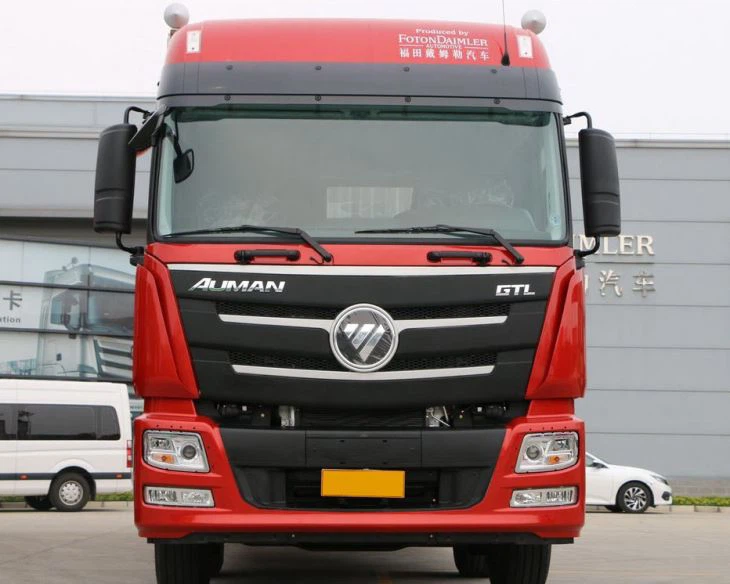The Ultimate Guide to Semi Tanker Capacity: Everything You Need to Know

In the world of transportation and logistics, semi tankers play a crucial role in the movement of liquids and gases. Understanding the capacity of semi tankers is essential for businesses that rely on liquid cargo. This comprehensive article will delve into various aspects of semi tanker capacity, including their types, specifications, calculations, and practical applications.
Understanding Semi Tankers
What is a Semi Tanker?
A semi tanker is a specialized vehicle designed to transport bulk liquids. These tankers are typically attached to trucks and can carry a wide range of substances, including chemicals, fuels, and food products. The design of semi tankers allows for efficient loading and unloading, making them ideal for various industries.
Types of Semi Tankers
There are several different types of semi tankers, each designed for specific cargo types:
- Chemical Tankers: Used for transporting hazardous materials like acids and solvents.
- Fuel Tankers: Designed for transporting diesel, gasoline, and other fuels.
- Food Grade Tankers: Specifically made for carrying food products, ensuring they meet health regulations.
- Pressurized Tankers: Used for transporting gases under pressure, including propane and butane.
Factors Influencing Semi Tanker Capacity

Volume and Weight
The capacity of a semi tanker can be measured in two main ways: volume and weight. Understanding these differences is crucial for businesses selecting a tanker for transport.
Volume Capacity
Volume capacity is measured in gallons or liters and refers to the total amount of liquid the tanker can hold. For example, a standard semi tanker typically has a volume capacity of around 5,000 to 7,000 gallons (approximately 19,000 to 26,500 liters).
Weight Capacity
Weight capacity refers to the maximum weight of the liquid that can be safely transported, often measured in pounds or kilograms. For many semi tankers, the weight capacity can range from 40,000 to 80,000 pounds (approximately 18,000 to 36,300 kilograms), depending on local regulations and the tanker’s design.
Design and Construction Materials
The materials used in constructing a semi tanker can greatly influence its capacity. Common materials include aluminum and stainless steel, each offering different benefits:
- Aluminum: Lightweight and corrosion-resistant, often used for food grade and fuel tankers.
- Stainless Steel: Durable and ideal for transporting chemicals due to its strength and resistance to rust.
Calculating Semi Tanker Capacity
Formula for Volume Calculation
To calculate the volume of liquid a semi tanker can hold, you can use the formula based on geometric shapes, since most tankers are cylindrical:
Volume = π * radius² * height
Example Calculation
For instance, if a cylindrical tanker has a radius of 4 feet and a height of 20 feet, the volume would be:
Volume = π * (4²) * 20 = 320π ≈ 1,005.31 cubic feet.
To convert cubic feet to gallons (1 cubic foot = 7.48 gallons):
Volume in gallons ≈ 1,005.31 * 7.48 ≈ 7,510 gallons.
Common Semi Tanker Capacities by Type
Standard Fuel Tanker
| Configuration | Capacity (Gallons) |
|---|---|
| Single Compartment | 5,000 – 7,000 |
| Multi-Compartment | 8,000 – 12,000 |
Chemical Tanker
| Configuration | Capacity (Gallons) |
|---|---|
| Single Compartment | 6,000 – 10,000 |
| Multi-Compartment | 12,000 – 16,000 |
Food Grade Tanker

| Configuration | Capacity (Gallons) |
|---|---|
| Single Compartment | 5,500 – 8,000 |
| Multi-Compartment | 9,000 – 14,000 |
Choosing the Right Semi Tanker
Considerations for Selection
When selecting a semi tanker, consider the following:
- Type of Cargo: Choose a tanker designed for the specific liquid you plan to transport.
- Capacity Requirements: Ensure the chosen tanker meets your volume and weight needs.
- Regulatory Compliance: Verify that the tanker adheres to local and national regulations for transporting your cargo type.
Tips for Effective Use
To maximize the efficiency of your semi tanker operations:
- Regularly maintain the tanker to ensure safety and compliance.
- Train staff on proper loading and unloading techniques to prevent spills and accidents.
- Keep thorough records of cargo types and weights for regulatory purposes.
Safety Considerations
Best Practices for Safe Transport
Transporting liquids can pose risks; therefore, safety practices include:
- Conducting pre-trip inspections to check for leaks or damage.
- Using appropriate safety gear for staff handling the tanker.
- Following designated routes for hazardous materials where applicable.
Emergency Procedures
In the event of an emergency, have clear procedures in place, including:
- Emergency contact numbers readily available.
- Spill containment measures and kits on board.
- A clear communication plan with dispatchers and local authorities.
Future Trends in Semi Tanker Design and Capacity

Innovations in Design
As technology advances, semi tankers are evolving to become more efficient:
- Lightweight Materials: New composite materials can reduce weight while maintaining strength.
- Smart Tankers: IoT technology for monitoring temperature and pressure in real-time.
Environmental Considerations
Environmental concerns are leading to more sustainable practices, such as:
- Using biodiesel and cleaner fuels in transport fleets.
- Recycling old tankers into new applications, reducing waste.
FAQs about Semi Tanker Capacity
What is the average capacity of a semi tanker?
The average capacity of a semi tanker ranges from 5,000 to 12,000 gallons, depending on the type and design.
Can semi tankers be used for transporting hazardous materials?
Yes, there are specific semi tankers designed for transporting hazardous materials under strict regulations.
How do I know what type of semi tanker I need?
Your choice of semi tanker depends on the type of liquid being transported and its volume weight requirements.
What maintenance do semi tankers need?
Regular inspections, cleaning, and checking for leaks are crucial maintenance practices for semi tankers.
Are there regulations for semi tanker capacities?
Yes, regulations regarding weight and volume capacities depend on local laws and the specific type of liquid being transported.
How can I improve the efficiency of my semi tanker operations?
You can improve efficiency by adhering to safety protocols, training staff, and maintaining equipment regularly.
